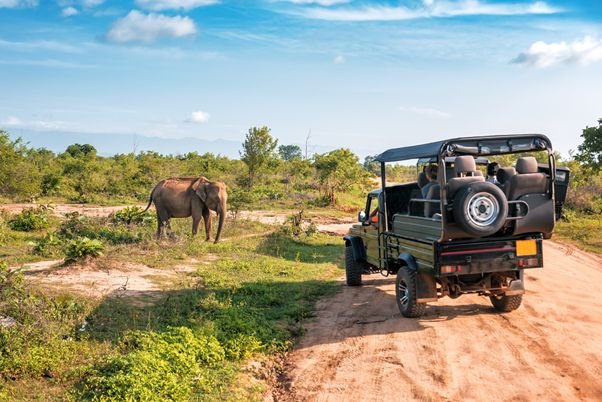
Ready to embark on a wild adventure at Kruger National Park? Whether you’re a first-time safari newbie or a seasoned nature nerd, this colossal wildlife playground demands a savvy mix of planning, preparation, and a good sense of humour.
Here are 25 must-know tips to keep you safe, comfortable, and laughing all the way through your safari.
1. Plan Ahead and Book Early
Kruger’s best camps and lodges fill up faster than you can say “lion’s roar.” Secure your accommodation and safari tours months in advance so you don’t end up watching zebra crossings from a dusty roadside.
If you don’t know where to start, read our blog Guide to Kruger National Park for first timers.

2. Dress the Part
Neutral colours are your best friend—think khaki, beige, or olive. Bright colours might attract unwanted attention from curious critters (or fellow tourists trying too hard). Comfort is the goal.
3. Bring Binoculars
Forget squinting at distant elephants. A trusty pair of binoculars will let you marvel at wildlife from a safe, respectful distance—and impress your travel mates with your “hawk-eye” skills.
Download animal and bird guides for the area, this will make it easier to identify the the creatures your looking at.
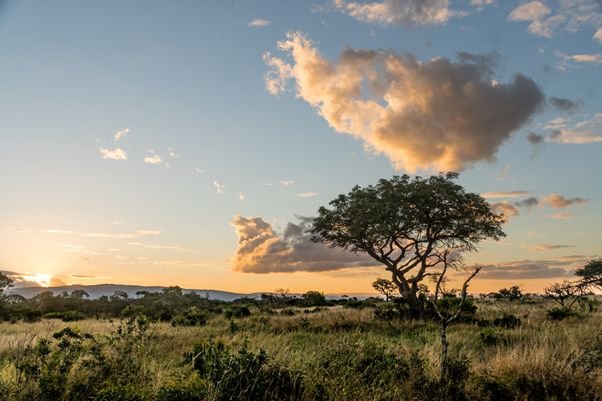
4. Pack Insect Repellent
Mosquitoes in Kruger are as determined as a marathon runner. Don’t let them win—apply repellent generously.
5. Stay Hydrated
The African sun can be relentless. Always carry water with you (a refillable bottle is eco-friendly and wallet-friendly) to keep dehydration at bay.
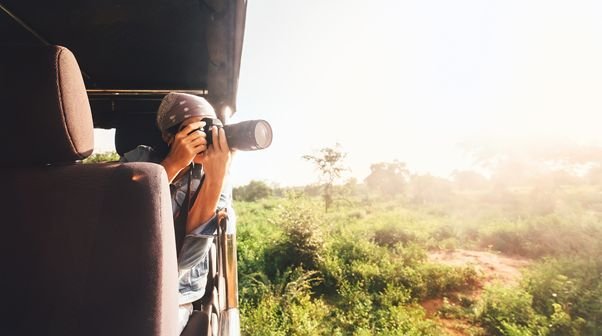
6. Top It Off with a Hat and Sunscreen
A wide-brimmed hat and high-SPF sunscreen are essential. Not only will you avoid looking like a lobster, but you’ll also be shielded from harsh UV rays during those long, sunny drives.
7. Respect Wildlife Distance
As tempting as it might be to say “Hi!” to that prowling lion, maintain a safe distance. Admire them from afar—no selfies at close range. Remember: you’re the visitor, not the main attraction.
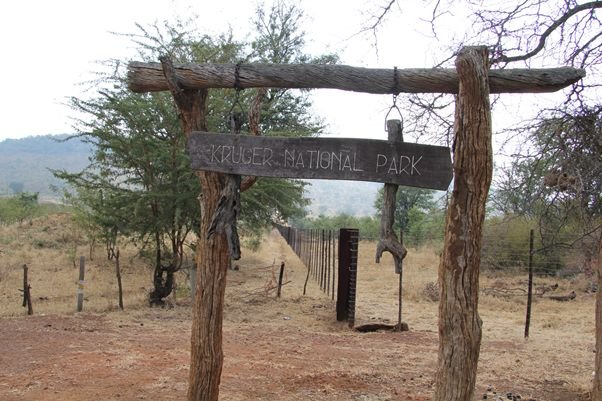
8. Follow the Park’s Guidelines
Your safari guide isn’t just there to chat—they know the rules that keep everyone safe. Listen up and follow their instructions, because nature is unpredictable, and rules are there for a reason.
9. Pack a Basic First-Aid Kit
Accidents can happen in the bush (think stray thorn or a mischievous scorpion encounter). A small first-aid kit with bandages, antiseptic, and your personal medications can be a lifesaver.
There is no pharmacy located in the park so make sure you bring cold and flu medication (for more than one person) and kids medication with you into the park.

10. Bring a Camera (or Smartphone)
Capture those majestic moments—but use discretion. Snap away while keeping your distance; you don’t want to startle a rhino with a flash!
Please also don’t post pictures of any Rhino on social media (with the GPS location on) immediately when you spot them. Poachers use these to locate them and hunt them for their horns.
Your smart phone can also double up as a torch if you decide to walk around at night.
11. Embrace Early Mornings
The best wildlife sightings occur at dawn. Set your alarm (and maybe a backup alarm) for those early morning drives. Coffee and safari? A match made in nature heaven. If you feel like trying something local, try the local breakfast snack called “Biskuit” or Rusks. They are as hard as rocks, but are softened by dunking them in your coffee.

12. Expect Dust and Dirt
Kruger is rugged! Pack a bandana or scarf to protect your face from dust and to wipe off the occasional smudge. Bonus: it doubles as a stylish accessory in your safari selfies.
13. Respect the Environment
Keep your noise down, never litter, and stick to the designated tracks. Your respectful behaviour helps preserve the park’s pristine beauty—and keeps the local wildlife less “excited” about your presence.
14. Travel with a Guide or Group
For safety and insight, join a guided tour or travel with a group. Solo safaris are not recommended here unless you’re a certified bushwhacker with nerves of steel.

15. Secure Your Valuables
Keep your money, passport, and gadgets in an anti-theft bag or a money belt. Trust us—you don’t want your souvenirs to become someone else’s trophy.
Safely hide and secure any food that you traveling with, monkeys have learned that humans can be a source of food.
16. Bring Both Cash and Cards
In remote areas, ATMs can be as rare as a white rhino and cellular signal is not that great in the park. A bit of cash goes a long way for small purchases or tipping your guide for exceptional service.
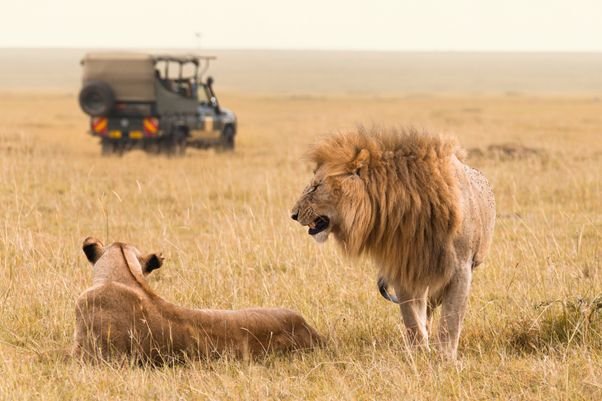
17. Know Your Route
Familiarize yourself with park maps and the schedule of game drives. Knowing where you’re going means less time worrying and more time spotting the Big Five.
Maps of the park is available at most stores in the park and also serves as a great keepsake.
18. Check the Weather Forecast
African weather can flip faster than a startled impala. Be prepared for rain or shine, and pack accordingly so you’re not caught off guard.

19. Wear Comfortable Footwear
Whether you’re on a self-drive adventure or a walking safari, durable, closed-toe shoes are a must. Your feet will thank you after hours of walking on uneven terrain.
20. Bring a Light Jacket for Evenings
Even in a warm climate, nights in the bush can get surprisingly chilly. A lightweight jacket or sweater will keep you cosy while you swap stories under the stars.
21. Use Technology Wisely
Download useful apps for navigation, wildlife identification, and local emergency contacts. Being tech-savvy in the bush can make your adventure safer and more enriching.
22. Pack Snacks for the Road
Sometimes, you’re too far from civilization for a gourmet meal. A few energy bars or your favourite snack can tide you over between stops—and prevent hangry outbreaks.
Pack a cooler bag to keep water and snacks cool. Do try the local snack called Biltong (dried cured meat), it is healthy and delicious.

23. Prepare for Long Drives
Game drives can be long and winding. Bring a book, download some podcasts, or simply enjoy the vast, uninterrupted beauty of the African savannah.
24. Stay Patient and Observant
Wildlife doesn’t follow a schedule. Patience is key to spotting rare animals. Sit back, relax, and enjoy the suspense—it’s like watching nature’s own reality TV.
25. Enjoy the Experience
Above all, remember to have fun! Kruger is a unique blend of adventure, relaxation, and a touch of wild unpredictability. Laugh at the little mishaps, savour the breath-taking views, and create memories that will last a lifetime.
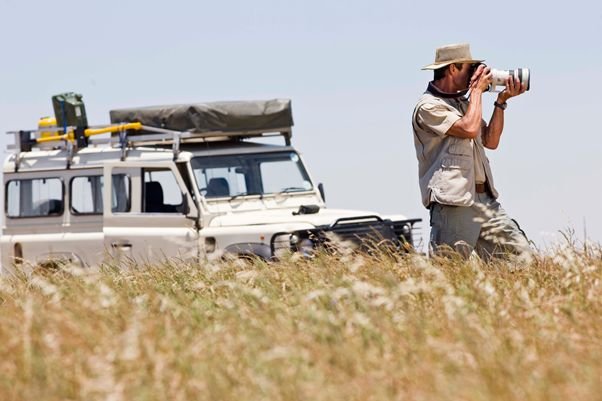
With these 25 tips, you’re armed with both practical advice and a healthy dose of humour for your Kruger National Park adventure. From securing your valuables to embracing early morning game drives, each tip is designed to ensure your safari is as safe as it is unforgettable. So pack your bags, charge your camera, and prepare to dive into the wild with confidence—because in Kruger, every moment is an adventure waiting to be discovered.
Happy safari, and may your journey be as secure and spectacular as the wildlife you’re about to encounter!
